My daughter works at Appleton Farms and like to walk and visit.






My View of Life on the Dock
My daughter works at Appleton Farms and like to walk and visit.







photos: Sandpiper Bakery relocated from Gloucester to 29 N. Main Street in Ipswich. Here’s how it looked one rainy Sunday in spring.




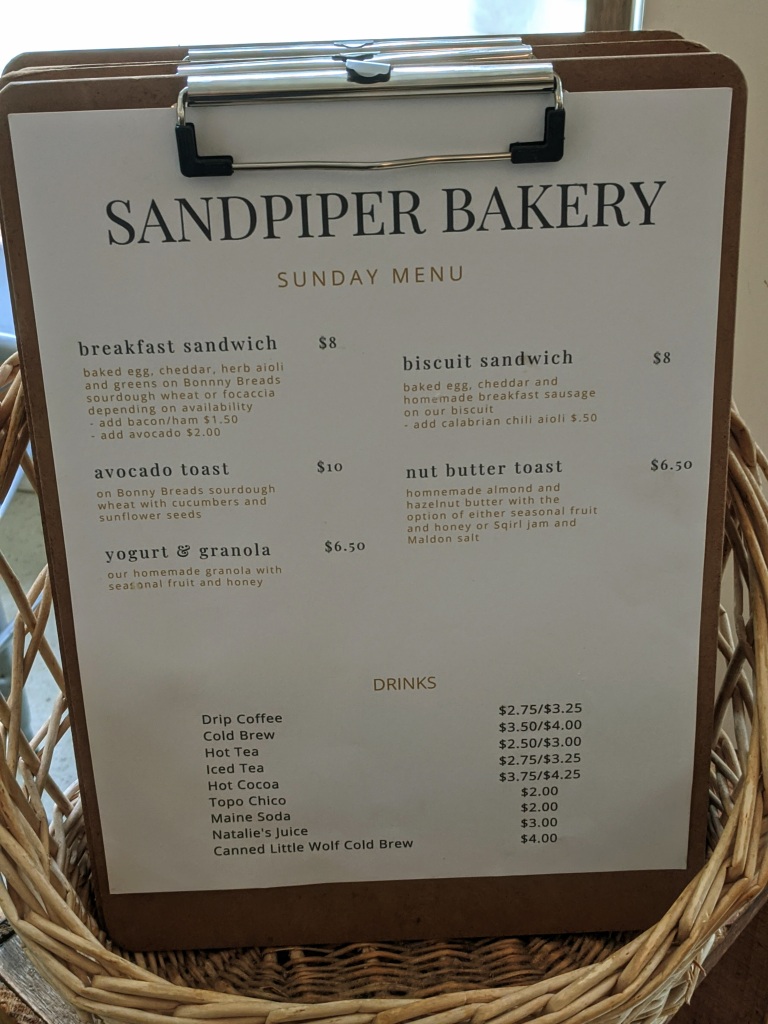
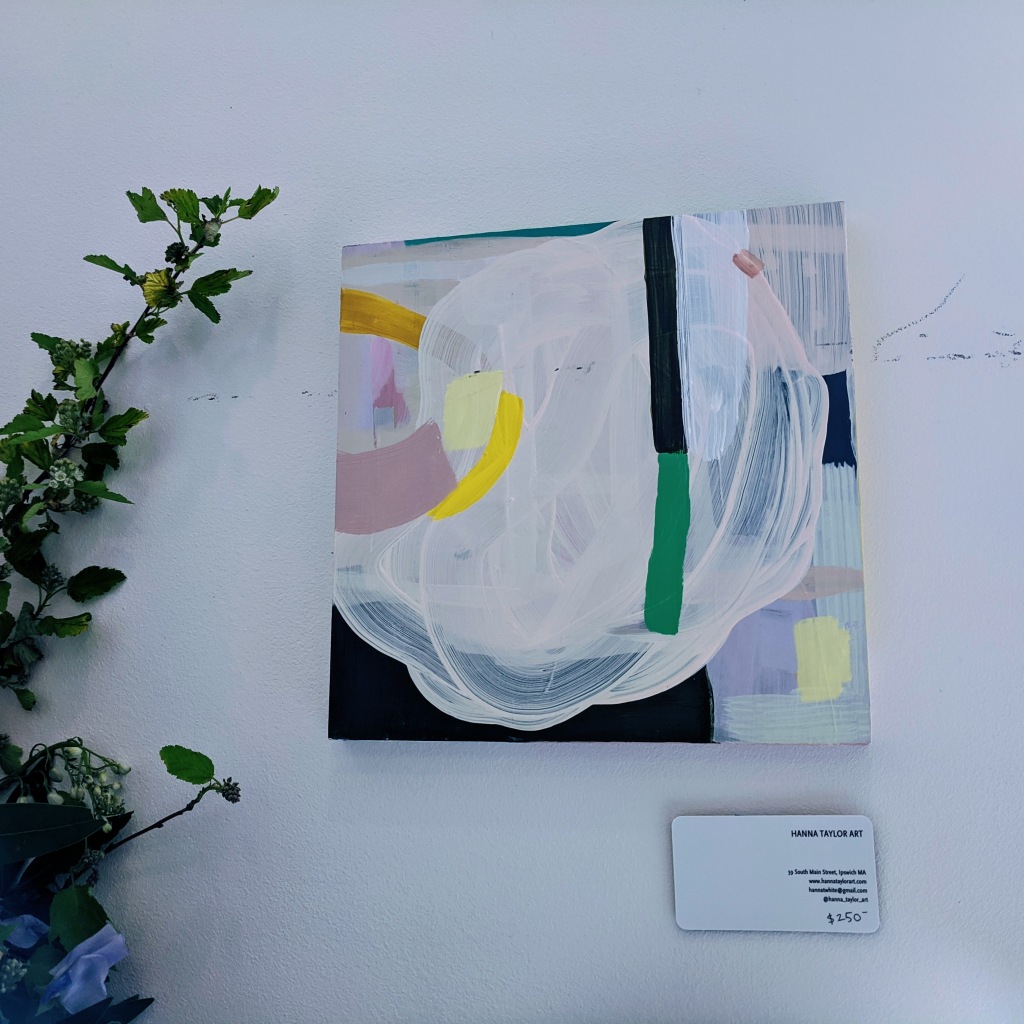
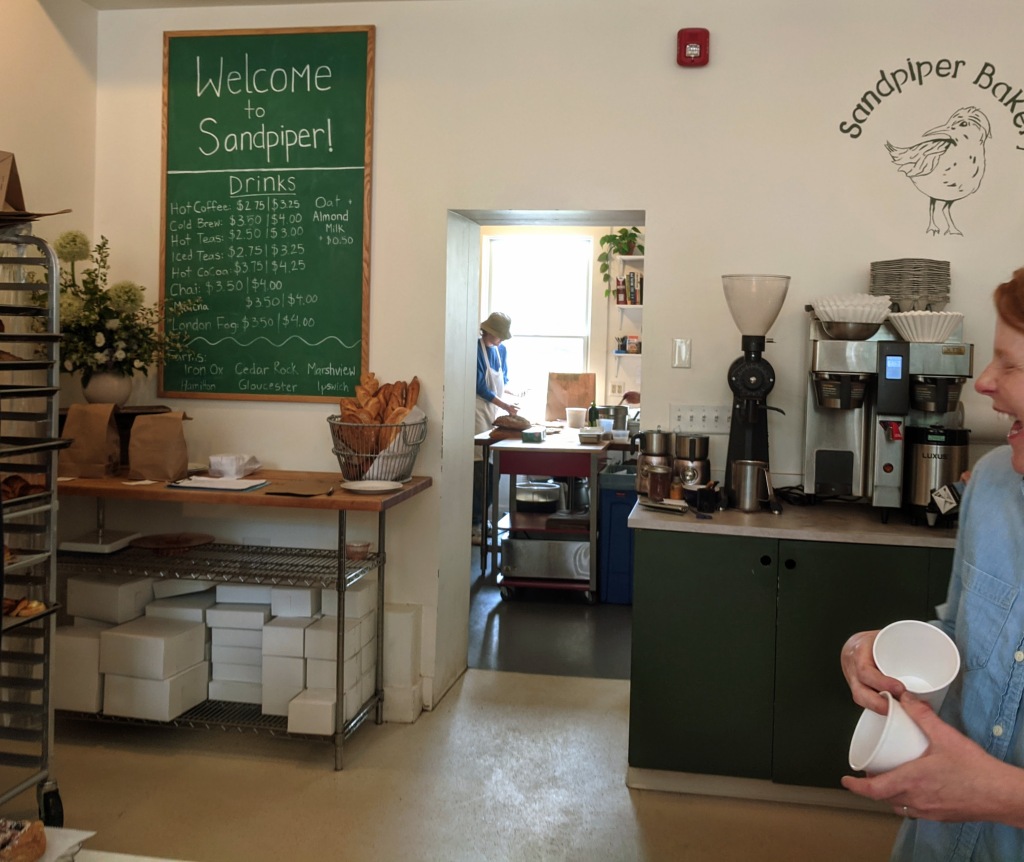

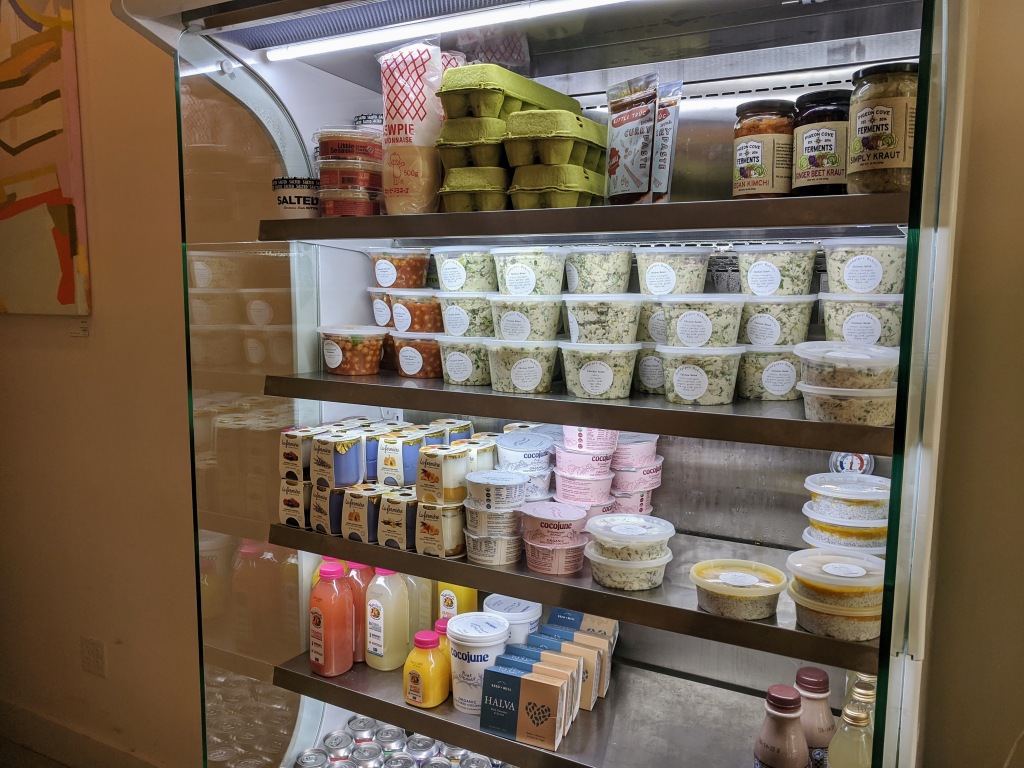


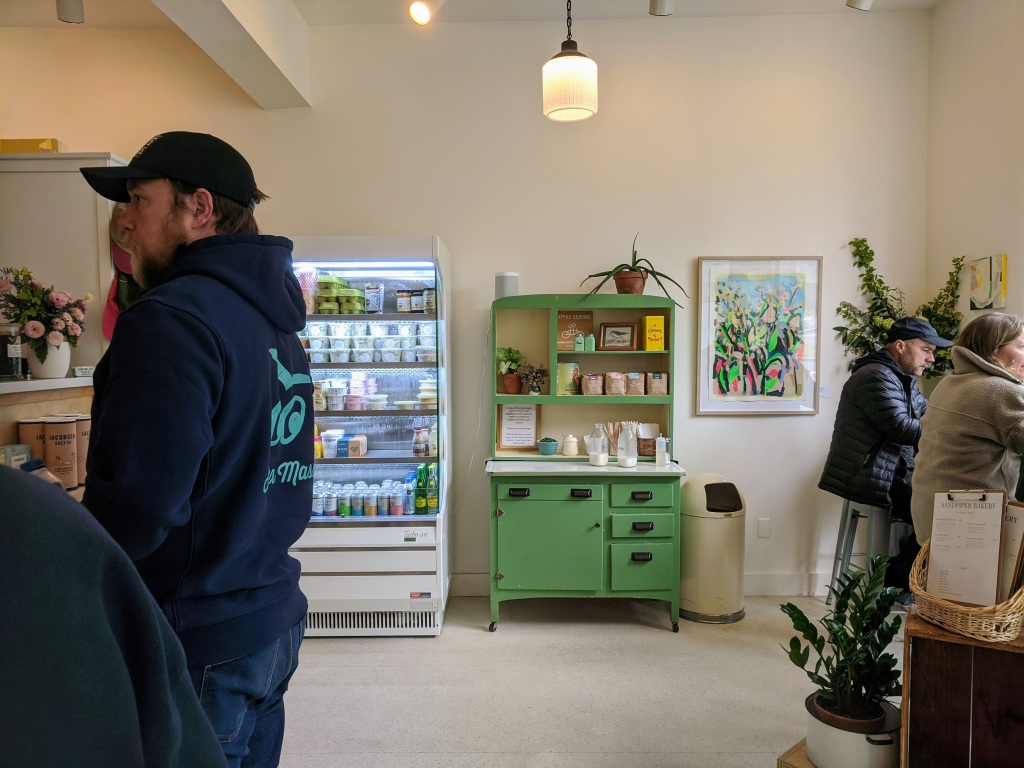



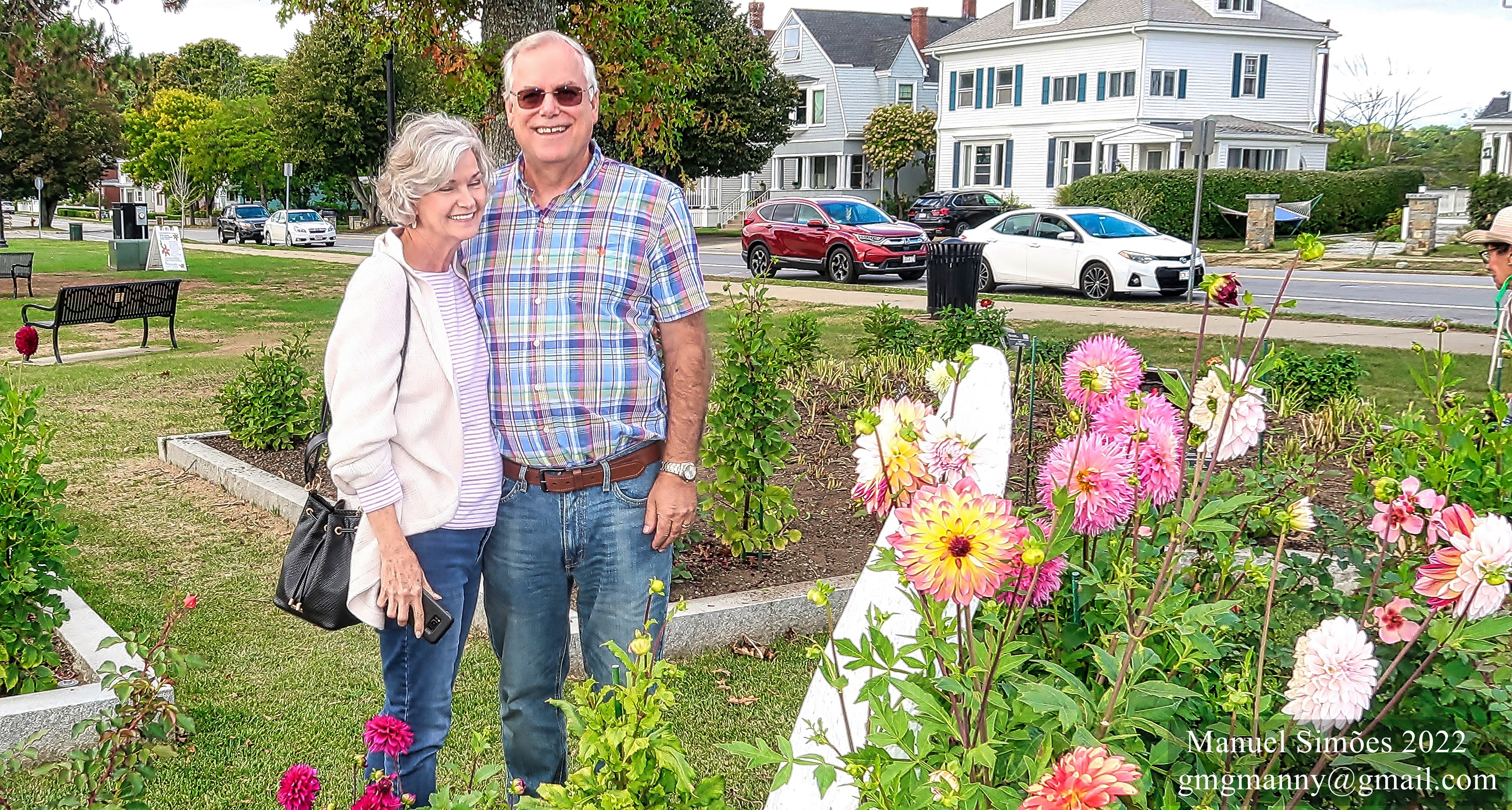





Meet Mom Muffin and her calf Flower at Appleton Farms.

Hard to miss in the wintertime both at Crane Beach and at Plum Island are the layers and swirls of pink and purple sand. On a recent visit to Revere Beach I noticed there were also rivulets of pink and purple sands.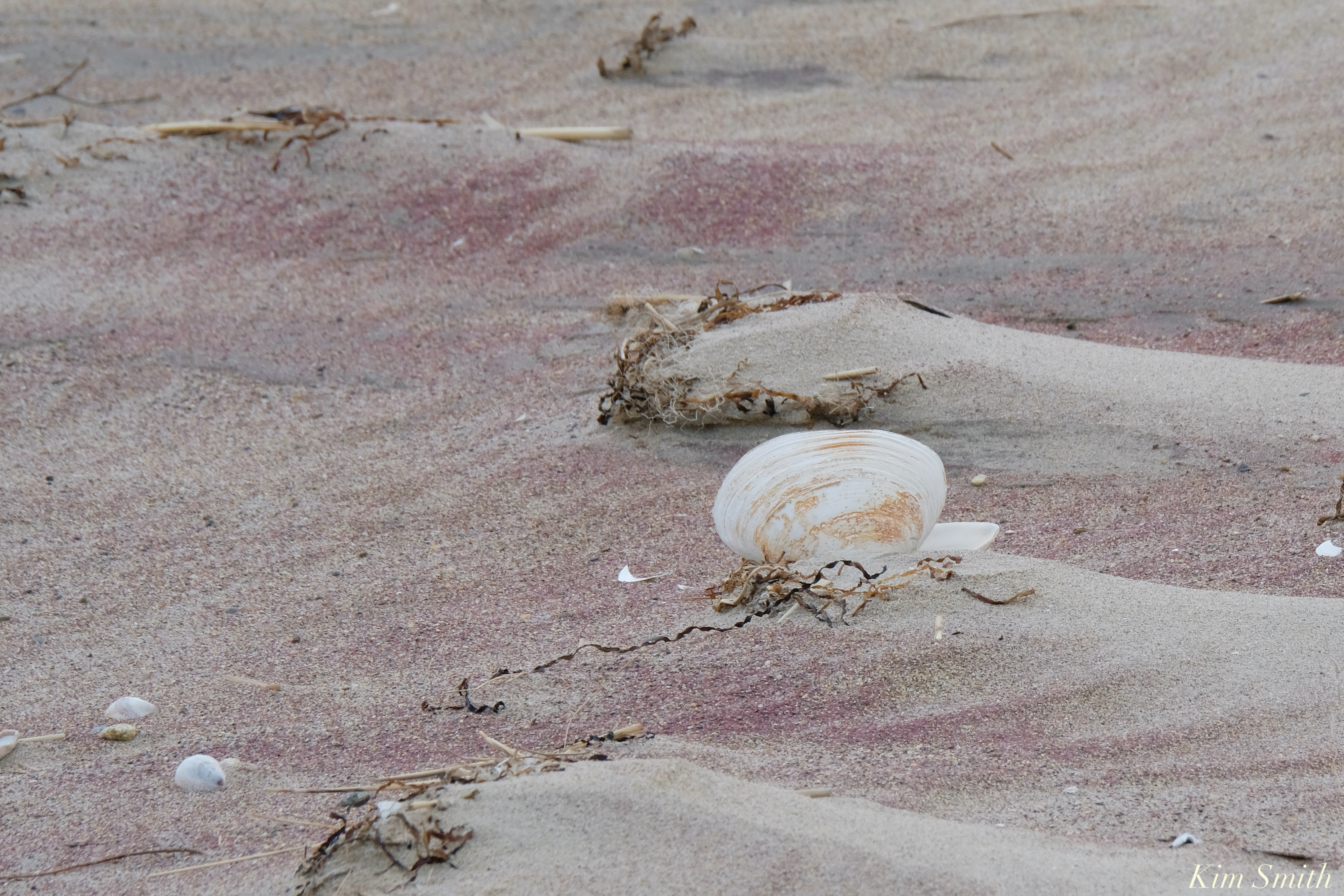
The pink and purple are mineral deposits of rose quart and garnet and come to north of Boston beaches via the White Mountains. Water and wind worn rock is carried in river waters until it meets the ocean and becomes deposited on barrier beaches. We mostly see the garnet and quartz deposits in winter as storms erode the dunes, leaving the heavier minerals exposed. During the spring and summer, the lighter white quartz sand blows back over the dunes and covers the heavier sand.
JEOL is a supplier of electron microscopes, ion beam instruments, mass spectrometers and NMR spectrometers. On a visit to Plum Island looking for Snowy Owls, several JEOL employees found purple sand. They analyzed it using an optical microscope, a scanning electron microscopes (SEM) and an energy dispersive X-Ray spectrometer (EDS).
At first look under the optical microscope, the granules of sand appeared like scattered jewels of many colors; predominantly glassy pink angular grains, with smaller quantities of milky white rounded grains, clear angular grains, black grains (some magnetic and some not), and even the occasional green.
What could be the cause of the purple color? The answer was one that came as no surprise to the scientist, but was exciting for the beach walkers because they had an exact answer to a question that no doubt is one that many people have when they visit Plum Island – which was actually named for its beach plum bushes, not the plum-colored sand.
When large amounts of fine grained pink is intermixed with a smaller number of darker grains and dampened by rain or sea water the human eye will “see” the sand as a much darker pink to almost purple. The two most common pink minerals are rose quartz (while quartz is one of the two most common minerals on earth, the pink rose quartz variety is not so common ,especially in the New England geology, and is found only in a few isolated pegmatite deposits in NH & southern Maine which are where most gemstones originate) and the solid solution series of almandine and pyrope garnet which is also a very common mineral (and is quite common in the Seacoast area from the abundance of metamorphic rocks called mica schist and from contact metamorphism. This is also why many commercial sandpaper products have a pink color as the angular hard gains of almandine / pyrope garnet are the perfect abrasive. The most likely candidates for the white and clear are any of the feldspars and or quartz. The green is most likely epidote. Just based on the optical examination these are no more than educated logical guesses (but still guesses).
Vern Robertson, JEOL’s SEM Technical Sales Manager, originally examined the grains under a low power optical stereo microscope with the above conclusions. In addition to providing technical and scientific support to JEOL SEM customers for a multitude of applications, Vern holds a degree in Geology. After a cursory look optically, it was time to get down to some spectroscopic analysis to determine the actual mineral species present in the sand.
Individual grains of various colors were selected and mounted for examination with the JSM-6010LA+ InTouchScope SEM and for analysis using EDS. The SEM allows much higher magnification imaging with greater depth of field than a traditional OM and the low vacuum capability allows examination of the sample without the traditional conductive coating that needs to be applied for SEM imaging. However, it generates images in only black & white (electrons have no color!). One specialized detector in the SEM, the Backscatter Electron Detector, yields images with the gray level intensity directly proportional to the average atomic number (or density). This means that minerals containing only lighter elements like O, Si are darker in appearance to minerals that contain heavier elements like Fe or any of the metallic or rare earth elements.
Once located, each grain can be analyzed with the EDS. When an electron beam hits a sample it creates not only an image from the emitted electrons but creates X-rays, which when collected in a spectrum, indicate what elements are present and at what concentrations. This allows not only the elemental composition of the individual grains to be determined but the concentrations can be compared to known stoichiometry of the suspected mineral grains. The combination of color and magnetic properties from OM examination and the chemical makeup of the individual grains yield the answer.
The purple color (or more appropriately, pink color) comes from the abundance of almandine-pyrope garnet with a nominal solid solution composition of Fe3+2Al2Si3O12 to Mg3+2Al2Si3O12. As expected, the white grains are a mix of feldspars but mostly K-feldspar (potassium alumino-silicates) and quartz SiO2. The black nonmagnetic grains were a mix of a pyroxene called augite which showed its characteristic strong cleavage, (Ca,Na)(Mg,Fe,Al)(Si,Al)2O6 , and a mix of ilmenite FeTiO3 and hematite Fe2O3 which are the magnetic components. The green was confirmed to be epidote Ca2(Al,Fe)3(SiO4) 3(OH). With the exception of the high concentration of garnets the rest are common minerals one would expect to find in sands.

Recently I read that Bobcats are expanding their range in Massachusetts, to include our Northeast region. I asked if anyone had seen a Bobcat locally and two readers responded. One was spotted in Dogtown and another in Ipswich. Coincidentally I came upon this video of Bobcats in Love, so even if you don’t see one, you may hear one calling for its Love 🙂 To view the video, click on the Vimeo link.
The gray one is the female and the rufous colored cat is the male.

Charlotte and I had a wonderful adventure morning checking on the owls at Plum Island. We observed several Harrier Hawks flying low over the marsh grass hunting for prey, a Short-eared Owl perched on a craggy tree, and a Snowy parked for the morning far out in the dunes. We played on the beach and she had a blast zooming up and down the boardwalk at lot no.2.

Tiny white wedge in the distance
We next stopped at the refuge headquarters to play in the marsh boat that is part of the exhibit about the Great Salt Marsh. She brought along her own stuffed Snowy to join on the boat ride.
Next destination was a visit to see the farm friends at Tendercrop Farm. Currently in residence are a turkey, ginormous steer, pony, chickens, ducks, llama, and the sweetest miniature goat who is just wonderful with toddlers.
I purchased the best steaks we have ever had, Tendercrop’s own grass fed rib-eye, made even more magnificent cooked to perfection by Alex, with a beautiful red wine demi-glace.
Everything at Tendercrop Farm is always amazingly delicious. They have the freshest and best selection of fruits and vegetables during the winter months, bar none.
 Great bunches of freshly cut pussy willows are for sale at Tendercrop
Great bunches of freshly cut pussy willows are for sale at Tendercrop
Last stop was lunch at the Ipswich Clambake. The owners and staff are just the most friendly. The clam chowder at the Clambake is perfection. Charlotte and I shared a mini super fresh fried clam appetizer and that, along with the chowder, made the best sort of lunch to top off our fun adventure morning.
Tendercrop Farm is located at 108 High Road, 1A, in Newbury.
Ipswich Clambake is located at 196 High Street, 1A, in Ipswich.
IPSWICH — Those little birds you see running around the beach don’t have it easy.
Although they have wings, they won’t fly to trees to build their nests. Instead, they scoop holes, or “scrapes,” in the sand and lay their eggs there.
And that’s an invitation for all kinds of trouble: predators, rogue waves, dogs, or clumsy or malicious humans.
Combined with widespread loss of habitat, piping plovers are now on the federal government’s threatened species list. One estimate says there are just 8,400 left worldwide.
But along with lease terns, which are protected in Massachusetts, the plovers are well taken care of on Crane Beach.
In fact, they were so well taken care of in 2019 that a record number of chicks fledged and are now ready for the next perilous phase of their lives — a migration to the Bahamas.
This year, 49 pairs of plovers raised 96 chicks, said Jeff Denoncour, coastal ecologist with The Trustees of Reservations.
The last year that good for the birds was in 1999, when 44 pairs produced 89 fledglings, he added.
To show how precarious the species’ existence can be, Denoncour said the year 2000 was disastrous. Just 12 fledglings survived despite the efforts of 49 pairs. “That was due to a major storm,” he explained.
READ THE COMPLETE ARTICLE HERE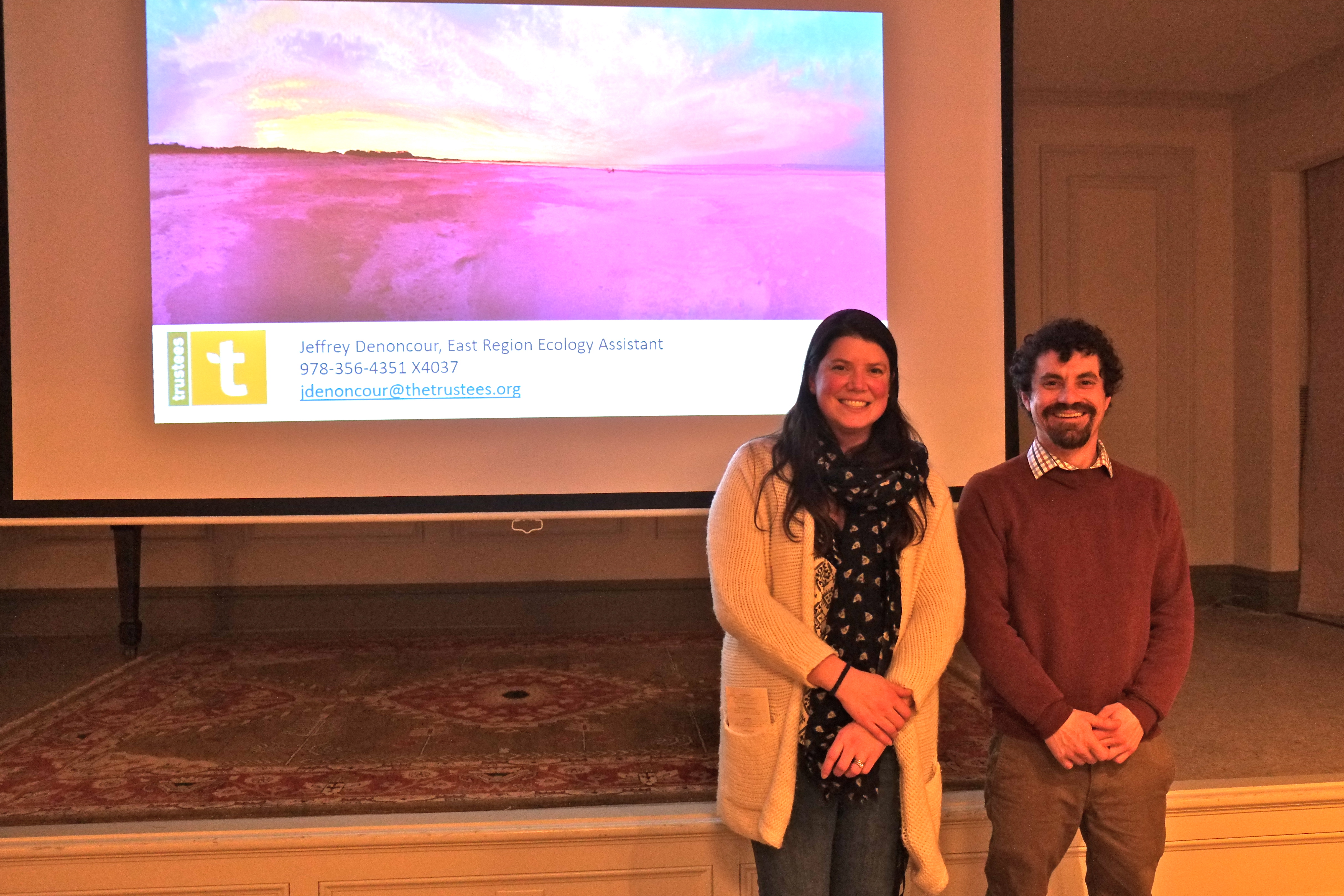
Jeff Denoncour and Courtney Richardson last year at Jeff’s program on coastal ecology held at the Cape Ann Museum
The brand new beautiful School Street Sunflower field is not to be missed. With gently rolling hills, abundantly planted rows, and a wide, easy path to stroll (easy enough for a two-year-old to navigate), the 5 acres of sunflowers is a wildflower lover’s dream.
 Paul Wegzyn and his Dad, also Paul Wegzyn, shared their enthusiasm for this exiting new venture.
Paul Wegzyn and his Dad, also Paul Wegzyn, shared their enthusiasm for this exiting new venture.
There are picnic tables for those who would like to take lunch, and positioned artfully around the fields are photo props such as tractors and bales of hay, but for the most part, the scene is straight up gorgeous sunflowers (and bees!).
The variety planted blooms in 50 to 60 days from when planted and today is day 61. Only a few flowers have droopy seed-laden heads, or have passed. NOW is the time to go as the blooms will all have expired in another two weeks.
Kissable Butterflies
School Street Sunflower Farm
At the corner of Linebrook Road and School Street (for google maps type in – 79 Linebrook Road)
Ipswich, Massachusetts
Open 8am to sunset.
The cost is eight dollars during the week, ten dollars on weekends, and the ticket covers a full day. Wristbands are available if you would like to return the same day. Children under five are free.
Instagram: @schoolstreetsunflowers
Facebook: @schoolstreetsunflowers
Thoughtful sayings posted throughout the field ~
“Wherever life plants you, bloom with grace.”
Trustees of Reservations ecologist Jeff Denoncour kindly shares information about the Piping Plovers at Crane Beach and he wrote two days ago with an update for us on their Piping Plover population. “Unfortunately the weather has been pretty inclement this year making it tough to monitor and really nail down the number of pairs. That mixed with an abundance of birds and a lot of loss due to storms and high tides and a bit of predation its really hard for me to get an accurate pair count right now. I am estimating that we have more than 33 plover pairs.
So far we have discovered 36 plover nests, but right now we only have 19 active nests. 3 of the 36 nests are renests, which is why I’m saying we have 33 or more pairs. Some pairs have been scraping consistently in areas but have not laid eggs.
Our first nest is due to hatch tomorrow.”
I sent him an email this morning and hopefully we’ll have news of hatchlings!
If you would like to learn more about the outstanding work of the Trustees of Reservations Shorebird Protection Program go here.
Tiny flakes falling through the trees, making that distinct pitapat sound of snowdrops landing on crisp frozen leaves below. But wait, the sun was shining and there wasn’t a cloud in the sky. An assembly of Redpolls overhead, hungrily teasing seeds from the tree’s cones were creating a shower of snow-seeds.
I followed along ever so quietly as the flock moved from tree to tree, expertly pulling the cones apart for the small kernel held within.
Returning several times to the same trail and hoping to catch sight again but, with most of the cones gone, so too were the Redpolls.
The Common Redpoll is a species of finch with a distinct crimson cap that looks like a mini French beret, giving the song bird a bit of a rakish appearance.
Their small yellow bills evolved to eat small seeds, such as those of thistles and birches. Some studies show that in winter Redpolls subsist almost entirely on birch seeds.
Common Redpolls have been known to survive temperatures of -65 degrees below and even sleep at night in snow tunnels that can be up to a foot long. Redpolls nest in the Arctic tundra; we only ever see them during the winter months.